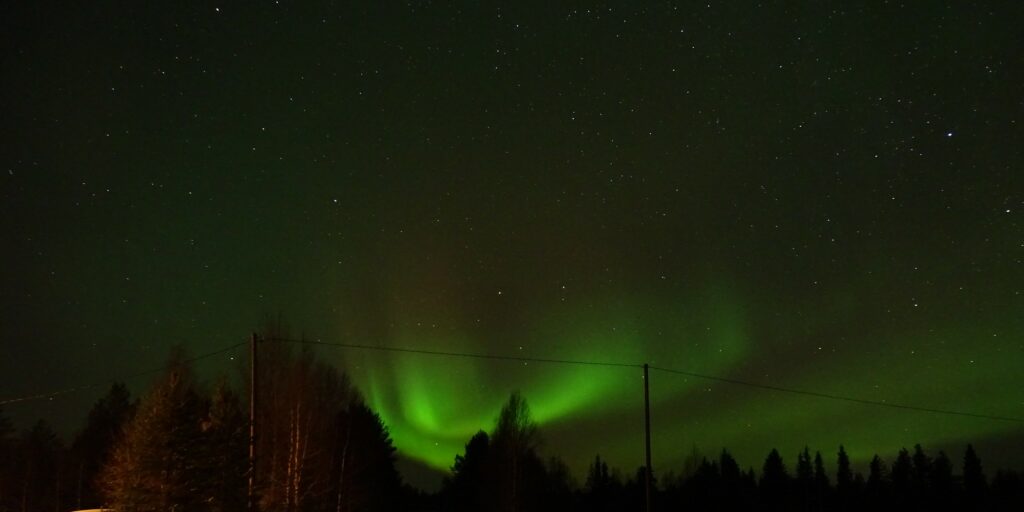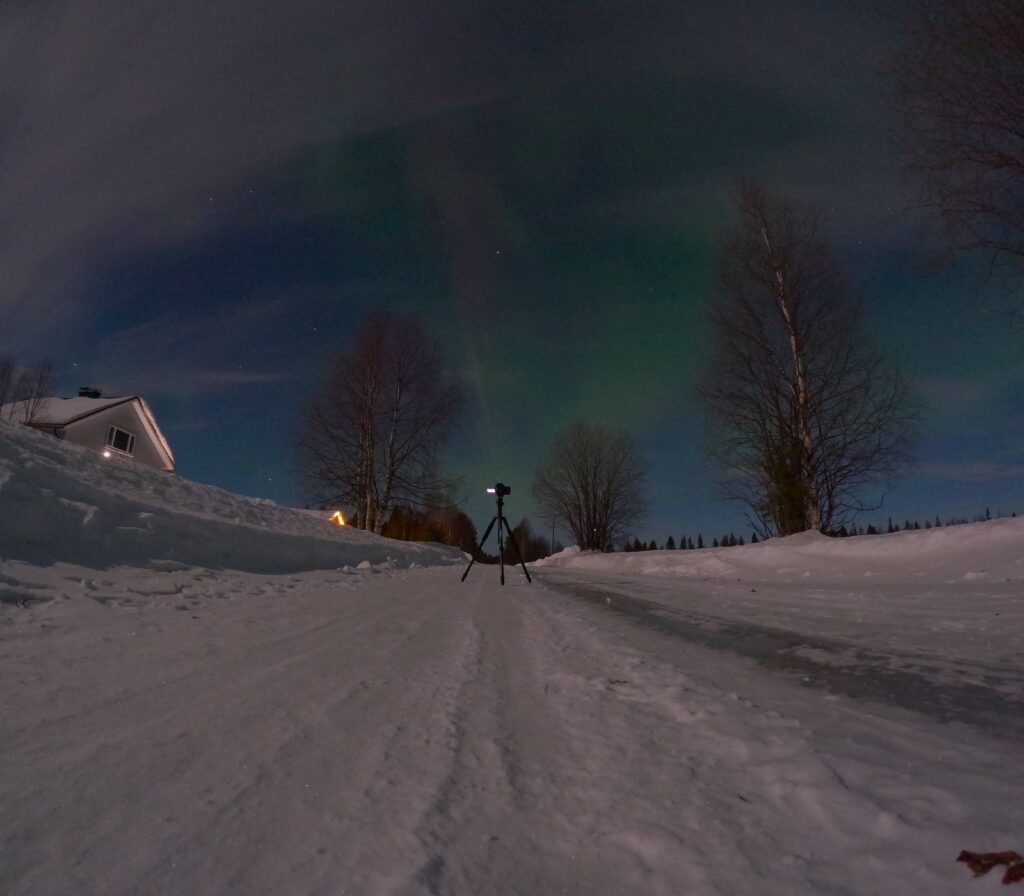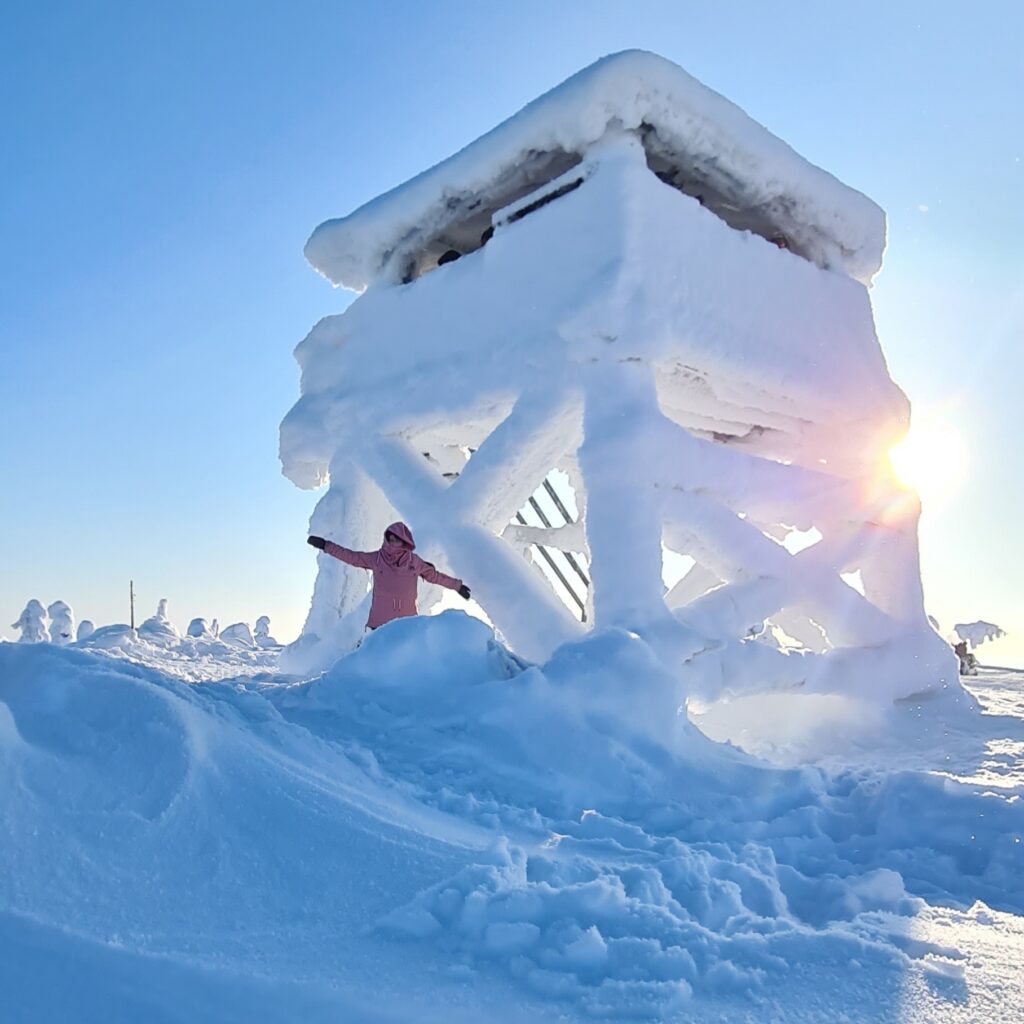Introduction
Lapland, a place of enchanting beauty, offers photographers a canvas of stunning landscapes and natural wonders. But with temperatures as low as -40°C, capturing its allure requires preparation, both for safety and equipment functionality. In this guide, we’ll delve into essential tips to ensure your photography journey in Lapland is as successful as it is memorable.

1. Gear Preparation: Battling the Chill
- Invest in weather-sealed gear and protective covers to shield against cold and moisture.
- Bring extra batteries, as extreme cold drains power faster.
- Store spare batteries in an inner pocket to keep them warm and extend their life.
- Use gloves specifically designed for photography, allowing nimble adjustments in frigid conditions.
2. Safety First: Protecting Yourself When Carrying out Cold Weather Photography
- Layer clothing for insulation and adaptability in shifting conditions.
- Wear thermal socks, mittens, and insulated boots to prevent frostbite.
- Use hand and toe warmers to maintain circulation.
- Avoid sweating; regulate body temperature to stay dry and warm.
3. Shooting Techniques: Capturing the Magic
- Opt for a sturdy tripod to ensure stable shots in windy conditions.
- Use a remote shutter release or self-timer to prevent camera shake.
- Shoot in RAW to preserve details and recover highlights in post-processing.
- Adjust white balance to capture accurate colors in snow-covered scenes.

4. Handling the Cold: Camera Care
- Acclimatize your camera gradually to prevent condensation when transitioning from warm to cold.
- Store your camera in an insulated camera bag between shots.
- Use desiccant packets to absorb moisture and prevent fogging.
- Avoid changing lenses frequently to prevent dust and moisture from entering the camera body.
5. Shooting in Low Light: Embracing the Arctic Glow
- Embrace the soft, ethereal light of the Arctic; sunrise and sunset last longer.
- Utilize a wide aperture for shallow depth of field and to capture stars.
- Experiment with long exposures to create dreamy effects in snowy landscapes.
- Keep an eye out for the Northern Lights, capturing their mesmerizing dance.

6. Post-Processing: Enhancing the Arctic Beauty
- Use photo editing software to fine-tune exposure, contrast, and color balance.
- Pay attention to highlights and shadows to maintain details in snowy scenes.
- Adjust white balance to retain the natural tones of snow and ice.
- Enhance the vibrancy of the Northern Lights while maintaining their authenticity.

In Summary
Lapland’s frozen landscapes are a photographer’s paradise, but they demand respect for the elements and the gear you rely on. By preparing your equipment and yourself, embracing shooting techniques suited to extreme conditions, and mastering post-processing, you can capture the essence of Lapland’s beauty. So bundle up, step into the Arctic realm, and freeze these fleeting moments in time – they’ll warm your heart long after the chill is gone.
Learn more about crossing in to the Arctic Circle in this post.

